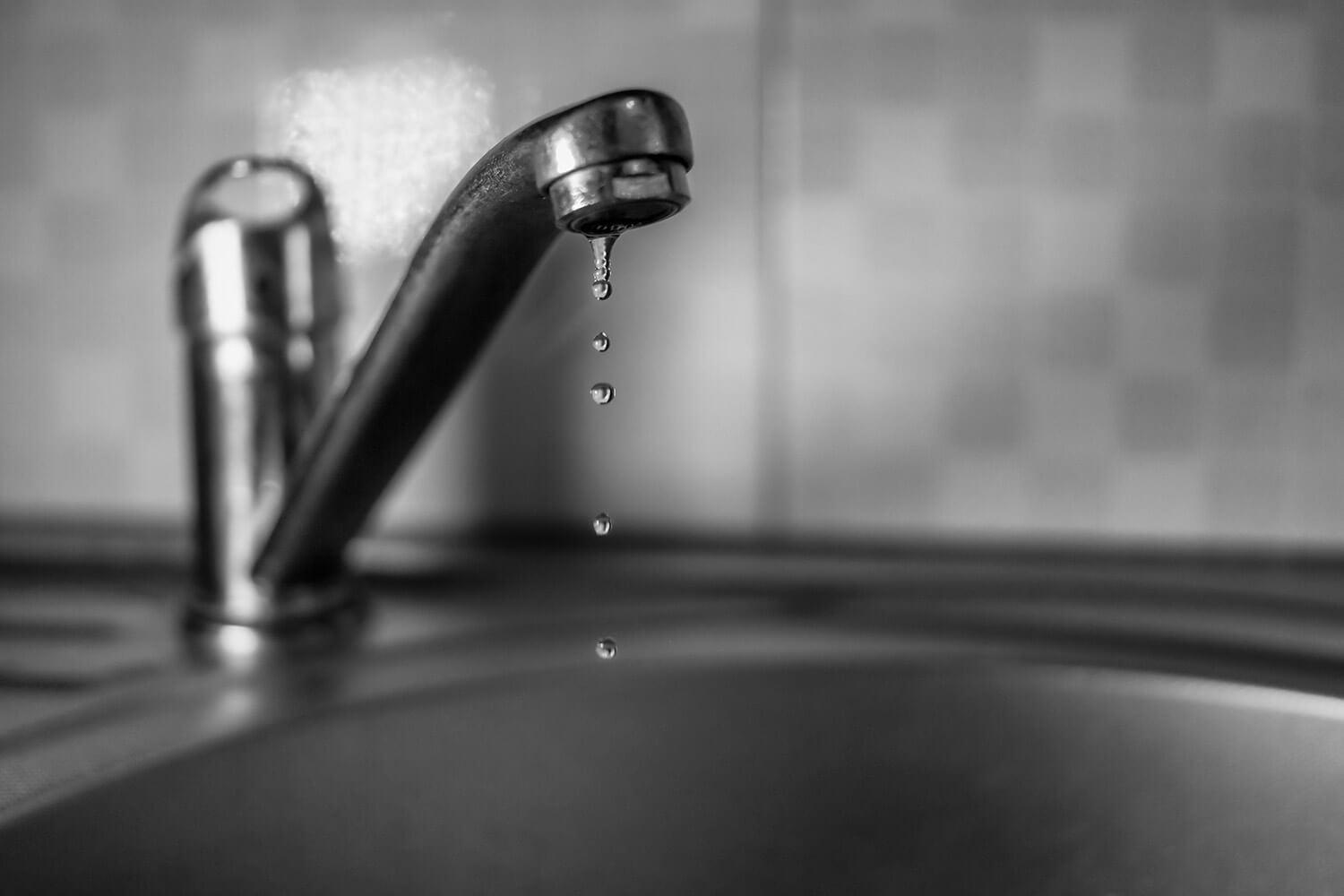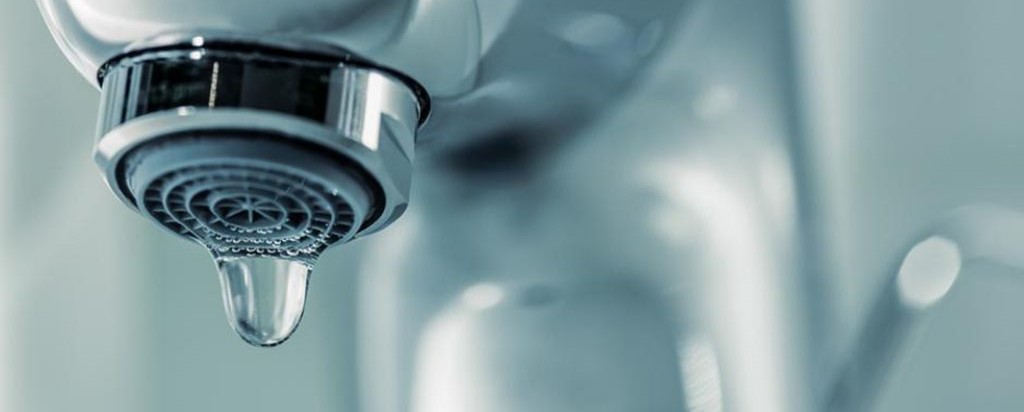Each person may have their unique conception on the subject of Common Water Leaks In House.

Leakages not only create waste of water yet can additionally trigger unnecessary damages to your house as well as promote undesirable organic growth. By comprehending as well as looking for day-to-day circumstances that cause leakages, you can safeguard your house from future leakages and unneeded damage.
Encroaching origins
Most water leaks begin outside the house rather than inside it. You could discover damp patches or sinkholes in your backyard, and that could mean that tree origins are attacking water lines triggering water to permeate out.
Corroded water systems
As time goes by, your plumbing system ages and corrosion such as rust may begin eating away the pipelines. This could be the reason for staining or warping on your pipes. This asks for an assessment with your plumber quickly. If our plumbing system is old, think about changing the pipelines because they are at a higher threat of corrosion than the newer versions.
Malfunctioning Pipeline Joints
The point at which your pipes connect is frequently the weakest link in the waterline. Pipeline joints can deteriorate in time, leading to water leakages. The bulk of pipeline joints are not conveniently noticeable. If you have loud pipelines that make ticking or banging noises, particularly when the hot water is switched on, your pipe joints are most likely under a lot of pressure. It is recommended to have your plumber examine your system once a year.
Instantaneous temperature changes.
Severe temperature level modifications in our pipes can trigger them to increase and also get all of a sudden. This development as well as contraction may cause splits in the pipes, specifically if the temperature level are below freezing. It would certainly be best if you kept an eye on exactly how your plumbing functions. The existence of the previously mentioned conditions frequently indicates a high threat.
Poor Water Connectors
At times, a leakage can be caused by loose tubes and pipelines that supply your home appliances. In case of a water connections leak, you might discover water running straight from the supply line or puddles around your devices.
Blocked Drains
Blocked drains may be irritating as well as inconveniencing, however they can sometimes end up triggering an overflow bring about rupture pipelines. Maintain removing any products that may go down your drains that might obstruct them to avoid such hassles.
All the above are root causes of leakages but not all water leakages arise from plumbing leakages; some leakages could come from roofing system leakages. All leakages need to be fixed right away to stay clear of water damages.
Leaks not only create waste of water but can also trigger unneeded damages to your home and promote undesirable natural development. By recognizing and looking for daily scenarios that create leakages, you can safeguard your residence from future leakages as well as unneeded damages. Today, we will look at 6 leakage triggers that may be causing your pipelines to leak.
At times, a leakage can be triggered by loose hose pipes and pipes that supply your appliances. In situation of a water connections leakage, you might see water running straight from the supply line or puddles around your home appliances.
How To Check For Water Leak In Your Home
How To Check for Leaks
The average household's leaks can account for nearly 10,000 gallons of water wasted every year and ten percent of homes have leaks that waste 90 gallons or more per day. Common types of leaks found in the home are worn toilet flappers, dripping faucets, and other leaking valves. These types of leaks are often easy to fix, requiring only a few tools and hardware that can pay for themselves in water savings. Fixing easily corrected household water leaks can save homeowners about 10 percent on their water bills.
To check for leaks in your home, you first need to determine whether you're wasting water and then identify the source of the leak. Here are some tips for finding leaks:
Take a look at your water usage during a colder month, such as January or February. If a family of four exceeds 12,000 gallons per month, there are serious leaks.
Check your water meter before and after a two-hour period when no water is being used. If the meter changes at all, you probably have a leak.
Identify toilet leaks by placing a drop of food coloring in the toilet tank. If any color shows up in the bowl after 10 minutes, you have a leak. (Be sure to flush immediately after the experiment to avoid staining the tank.)
Examine faucet gaskets and pipe fittings for any water on the outside of the pipe to check for surface leaks.
Undetected water leaks can happen without the home or business owner even realizing. If you suspect a water leak, but not able to find the source. It is time to contact a professional water leak detection service, The Leak Doctor.
How To Find a Water Leak In Your Home
https://www.leakdoctor.com/blog/How-To-Check-For-Water-Leak-In-Your-Home_AE197.html

I discovered that entry about How to Find Water Leaks while doing a lookup on the search engines. Enjoyed our write up? Please share it. Help others discover it. Thank you for your time. Don't hesitate to come visit our site back soon.
Request Estimate